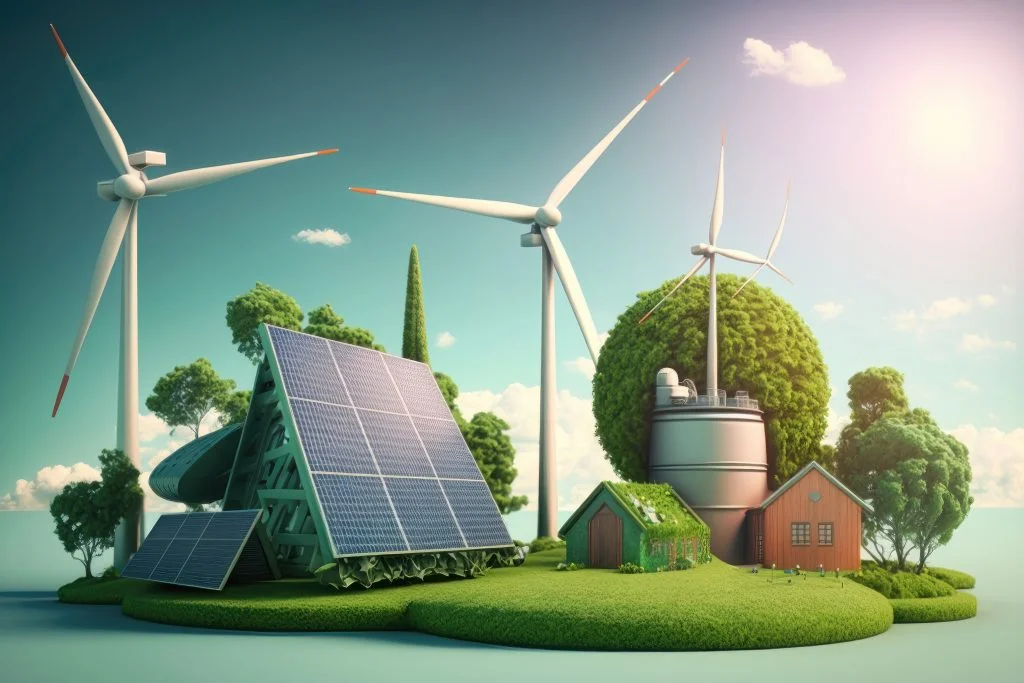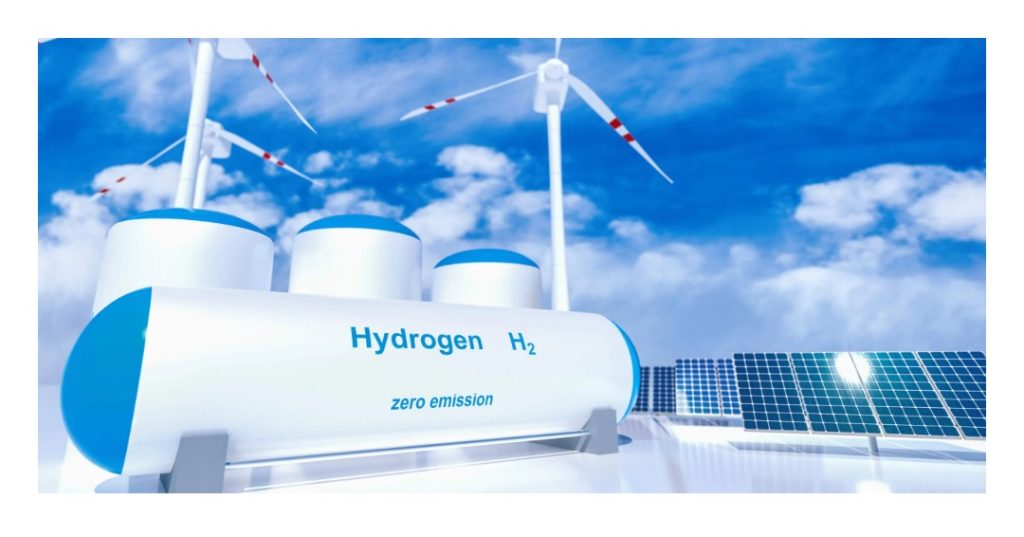The International Energy Agency (IEA) has forecasted a significant global renewable energy capacity increase in the next ten years, potentially matching the combined electricity generation capacity of major economies such as China, the European Union, India, and the United States.
According to IEA Executive Director Fatih Birol, renewables are progressing faster than national governments can set targets. This is driven not only by efforts to reduce emissions or enhance energy security but also because renewables currently offer the most cost-effective option for adding new power plants in almost all countries.
Birol further emphasised that the growth of renewables, especially solar, will revolutionise electricity systems worldwide within the next decade. By 2030, renewables are expected to meet half of global electricity demand.
The Renewables 2024 report predicts that global renewable energy additions are anticipated to surpass nearly three times the increase recorded between 2017 and 2023.

China is expected to lead this expansion, accounting for almost 60% of all new installations. It will host nearly half of the world’s total renewable power capacity by the decade’s end.
Solar photovoltaic (PV) technology is projected to dominate this growth, contributing 80% of the new capacity by developing large solar power plants and increasing rooftop installations. The wind sector is also anticipated to rebound, with its expansion rate expected to double in the coming years.
However, the report highlights several challenges in integrating renewable sources into power systems. Many countries currently experience significant rates of electricity curtailment—where potential renewable generation goes unused—reaching around 10% in some areas. To address these issues, governments must enhance grid infrastructure, improve system flexibility, and streamline permitting processes.

With the share of renewables in final energy consumption expected to rise to nearly 20% by 2030, policymakers are urged to expedite the adoption of renewable fuels such as biofuels, biogases, and hydrogen. Although these fuels remain less competitive than fossil fuels, their integration is crucial for meeting international climate goals.
The manufacturing landscape is also evolving. Global solar manufacturing capacity is projected to exceed 1,100 GW by the end of 2024, primarily driven by China.
However, significant disparities in production costs present challenges for other countries, underscoring the need for balanced policies that promote local manufacturing while considering job creation and energy security.


